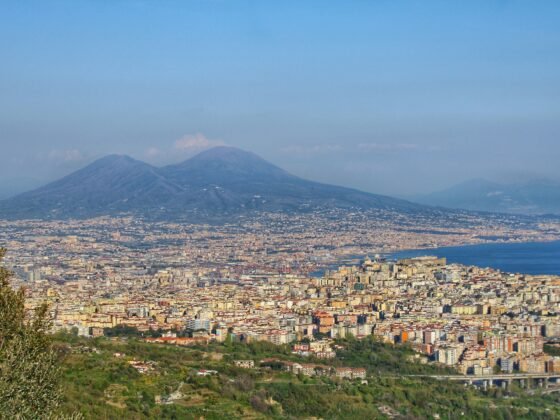The Rajasthan region of India is known as the Land of Kings, and it’s a great part of the country to visit for its stunning landscapes, rich culture and deep history. The kings of Rajasthan built many palaces and defensive forts, which often used the hills of the region as part of their architecture and structural defences. In addition, six majestic Hill Forts of Rajasthan have just been inscribed on the highly influential UNESCO World Heritage List as a site of cultural importance.
History
The six hill forts at Rajasthan were built to make use of the mountainous terrain for defensive military purposes. Forts have existed in the Rajasthan hills for centuries, perhaps for thousands of years. The earliest known architectural traces, in the Ranthambore and Chittorgarh forts, date back to the 5th century, but some say that the forts date back to the second century BCE.
Chittorgarh Fort
The fort at Chittorgarh is the oldest and grandest of the Rajasthan hill forts, with construction of the fort starting in the 7th century CE. Also known as Chittor, the fortifications were extended in the medieval period, with expansion taking place throughout the 13th and 14th centuries. The fort functioned as the capital of the Kingdom of Mewar during the rule of the Guhila Rajput dynasty.
Kumbhalgarh Fort
Kumbhalgarh Fort (pictured above) was built by Rana Kumbha during the 15th century CE, and served to control the border between Marwar and Mewar territories. The fort sits on a high hilltop, and is surrounded by 36 kilometers of perimeter walls that are up to fifteen feet thick. During the 19th century, the fort was enlarged, and it now includes over 300 different temples, the majority of which are dedicated to the Jain faith. Take a wall walk around the fort where the mountain views from the top of the fort complex are impressive.
Sawai Madhopur Fort
Sawai Madhopur is a city in the Rajasthan hills, and the nearby fort is also known as Ranthambore Fort. This hill fort is a designated UNESCO World Heritage Site, and sits within the Ranthambore National Park.
Jhalawar Fort
The island fort near Jhalawar is also known as Gagron Fort. This impressive ruined fort sits on a huge rock where the Ahu River and Kali Sindh River converge. Founded in the 7th century CE and greatly expanded during the 11th century CE, the fort is surrounded on three of four sides with water. The fourth side of the fort is protected by a moat. There are relatively few forts in India that were designed and built deliberately so as to be surrounded by both water and forest landscapes. The setting of Gagron Fort makes it a photographer’s dream.
Jaipur Fort
Jaipur is home to two interconnected hill forts, Jaigarh Fort and Amber Fort. These two forts have rugged designs that use the structure of the hills — they are connected by underground passageways and are usually considered as a single fort complex. From Jaigarh Fort, you look down the Hill of Eagles to the Amber Fort and Maota Lake below. Jaigarh Fort is one of the younger hill forts in the region, being built in the early 18th century.
Jaisalmer Fort
Jaisalmer Fort (pictured above) is one of the world’s largest forts, dating back to the 12th century. The fort sits on Trikuta Hill, surrounded by the sandy Thar Desert. The walls of this fort are made of yellow sandstone, which is unusual because of its camouflaged setting in the desert landscape. Jaisalmer Fort has two separate fortified walls, inner and outer. The palaces within the fort’s walls date back centuries, with picturesque carvings in the walls. The fort has been extended over the centuries, until the 20th century. The newer construction also features carved walls.
Getting There and Away
You can fly into the cities of Jaipur, Jodhpur and Udaipur, and from there take trains, buses or taxis to the hill fort areas. Rajasthan is a large state, so budget plenty of time for travelling between different regions.












